What's interesting is that this generator is made from plastic waste.
After successful testing of the prototype, the full version of this generator promises to be deployed soon.
The growing demand for renewable energy has led to a wave of technological innovation in the field of tidal energy. With the advantages of continuous operation and predictable intensity, tides can provide a stable and reliable source of electricity.
Among the many tidal energy converter designs, the spiral design of the UK company Spiralis Energy stands out. What's more interesting is that this device is made from plastic waste instead of exploiting more resources from the Earth.
Spiralis’s spiral tidal energy converter design has recently taken another step closer to real-world deployment. Computational fluid dynamics (CFD) analysis of a test rig has yielded results that show an error of just 1.5%, confirming the high accuracy of the design. The validation analysis was carried out by UK-based marine technology consultancy Cape Horn Engineering.
“With this validation step completed, we can be even more confident in our prediction that the full-sized unit will surpass the 250 kW threshold,” said Cape Horn Engineering CEO Rodrigo Azcueta.
Spiralis will now move on to the next phase of testing, which will involve a full-scale tidal energy converter measuring 16 metres in length and 5 metres in diameter. Before that, Spiralis plans to install two such generators in the English Channel to test their performance during the cold winter months.
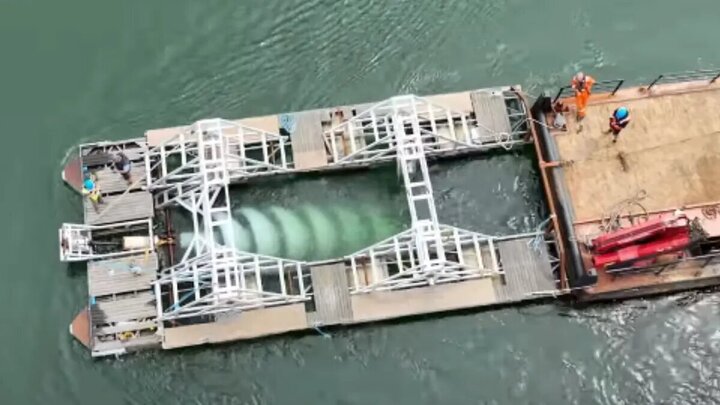
The spiral converter needs to be submerged in water, but the power generation takes place on the water's surface. (Photo: Interesting Engineering)
Cape Horn Engineering’s CFD analysis will help the company determine structural loads and optimize the shape of the machine for maximum efficiency. Spiralis has an ambitious target of supplying 11% of the UK’s annual energy needs with electricity generated from the sea. “Our technology can provide a renewable energy source that is harmless to marine life and within the framework of the circular economy ,” said Spiralis Energy CEO Guy Levene.
Spiralis partnered with Cape Horn Engineering over a year ago to better understand the technology and its future capabilities. In the port of Poole, UK, Spiralis installed a test rig with a nearly 6-meter-long spiral energy converter, a quarter of the size of the energy converter Spiralis plans to deploy in the future.
Using fluid dynamics, Cape Horn Engineering predicted a peak power output of 2.59 kW. Actual measurements from the rig showed a peak power output of 2.50 kW at 21 rpm. Considering rig friction, these two data points are within 1.5% of each other.
The spiral converter needs to be submerged in water, but the power generation takes place on the surface, in drier conditions. The spiral design is 3D printed but completely modular, so even if a part of the converter breaks, it can be printed and repaired using the nearest on-site facilities, rather than relying on a company to supply spare parts. A new wave of clean energy infrastructure is certainly on the way.
Source: https://giadinh.suckhoedoisong.vn/anh-chuan-bi-trien-dei-may-generate-solar-water-energy-doc-la-hinh-xoan-oc-172241018073200913.htm



![[Photo] Prime Minister Pham Minh Chinh and South African President Matamela Cyril Ramaphosa attend the business forum](https://vphoto.vietnam.vn/thumb/1200x675/vietnam/resource/IMAGE/2025/10/24/1761302295638_dsc-0409-jpg.webp)
![[Photo] President Luong Cuong chaired the welcoming ceremony and held talks with United Nations Secretary-General Antonio Guterres](https://vphoto.vietnam.vn/thumb/1200x675/vietnam/resource/IMAGE/2025/10/24/1761304699186_ndo_br_1-jpg.webp)
![[Photo] Solemn funeral of former Vice Chairman of the Council of Ministers Tran Phuong](https://vphoto.vietnam.vn/thumb/1200x675/vietnam/resource/IMAGE/2025/10/24/1761295093441_tang-le-tran-phuong-1998-4576-jpg.webp)






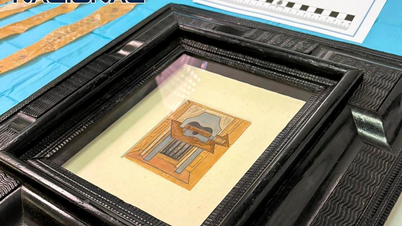



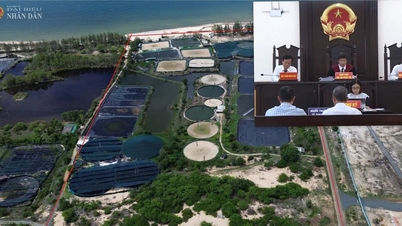




























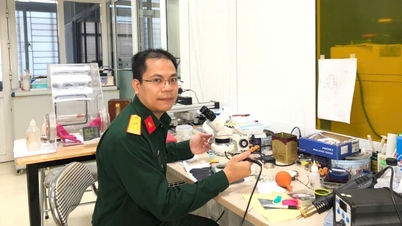










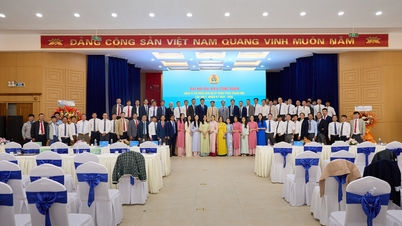
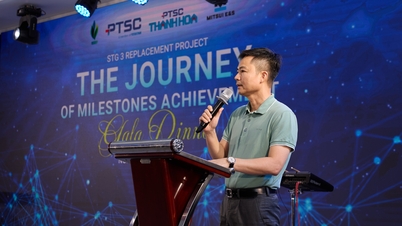


















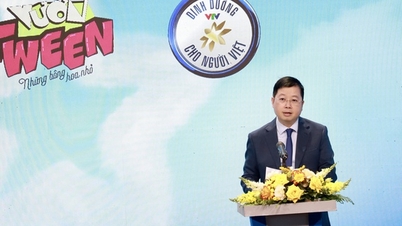



























Comment (0)